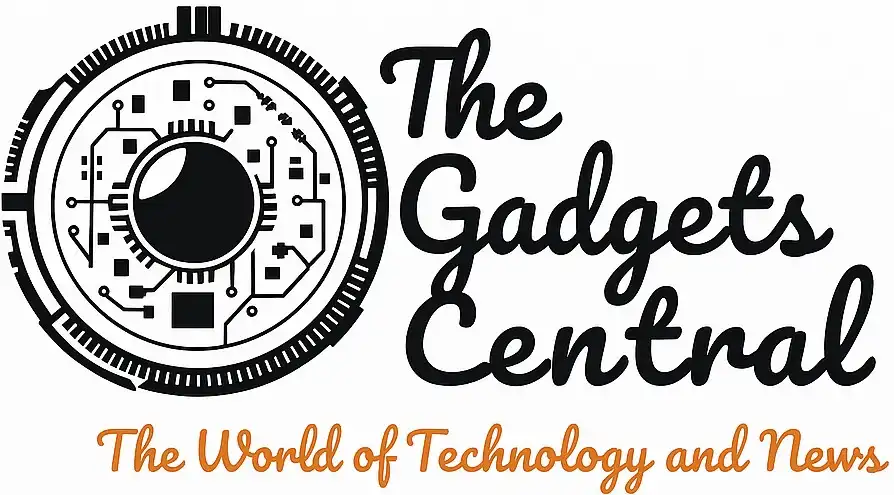Overview of the Jobs Report Today
Today’s jobs report reveals a concerning slowdown in the US labor market, with job growth falling short of expectations. As the report indicates, the economy added only 73,000 jobs in July, significantly below the forecast of 104,000. This stagnation poses critical questions about the health of the economy moving forward.
The Unemployment Rate Increases
In addition to the underwhelming job growth, the unemployment rate has risen to 4.2%. This uptick in unemployment comes as a notable shift, highlighting a potential tightening of the job market even as openings remain available in various sectors. Economists will be closely watching these figures to assess whether this is a transient trend or a sign of a deeper economic challenge.
Factors Affecting Job Growth
Several factors may have contributed to the decline in job creation and the rising unemployment rate:
- Increased tariffs and changing trade policies, particularly following recent decisions by the Trump administration that have impacted international commerce.
- Slow recovery from the economic impacts of the COVID-19 pandemic, especially in sectors that rely heavily on consumer spending.
- Changes in consumer behavior leading to modifications in hiring practices across industries.
Impetus from the Federal Reserve
The performance indicated in the jobs report today will certainly be scrutinized by the Federal Reserve, particularly as the central bank prepares for future policy shifts. The combination of slow job growth and rising prices—as indicated by recent inflation measures—creates a complex scenario for policymakers. The Fed’s response to these economic signals could deeply influence markets in the weeks to come.
The Broader Economic Context
This month’s jobs report arrives amid a backdrop of heightened market volatility, including fluctuations in stock futures following President Trump’s announcement of sweeping new tariffs on several trade partners. Such trade tensions could further exacerbate uncertainties in the job market. Analysts will be monitoring how these policies influence both domestic hiring trends and general economic sentiment.
Corporate Earnings Impact
Worries about economic sustainability are compounded by disappointing earnings reports from major corporations, including Amazon and its cloud computing division, AWS, which underperformed compared to lofty expectations. These corporate dynamics may add to the caution observed among consumers and businesses alike.
Key Insights and Future Outlook
The jobs report today paints a concerning picture, with weak job growth and an uptick in unemployment that may signal a stagnating labor market. Moving forward, analysts urge caution, suggesting that businesses may need to adjust their hiring strategies in light of ongoing economic adjustments and geopolitical factors.
Investors, economists, and policymakers will thus have their eyes keenly fixed on the implications of today’s report as they navigate the uncertain waters of an evolving economic landscape.
Frequently Asked Questions
What is the current unemployment rate?
The current unemployment rate has risen to 4.2% as reported in the latest jobs report.
How many jobs were added in July?
According to the latest jobs report, only 73,000 jobs were added in July, which is significantly lower than expectations.
What factors are impacting job growth?
Factors impacting job growth include increased tariffs, economic recovery from COVID-19, and changes in consumer behavior.
How will the Federal Reserve respond to the jobs report?
The Federal Reserve will likely analyze the jobs report to inform their decisions regarding monetary policy, particularly in relation to inflation and unemployment.
What is the outlook for the US economy?
The outlook for the US economy appears cautious, with potential slowdowns indicated by both job growth and consumer spending trends.
